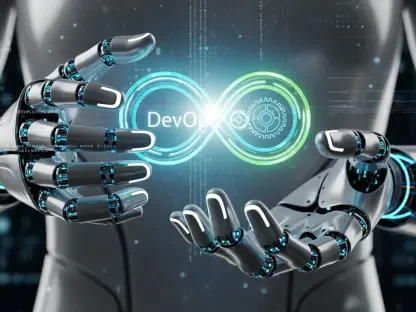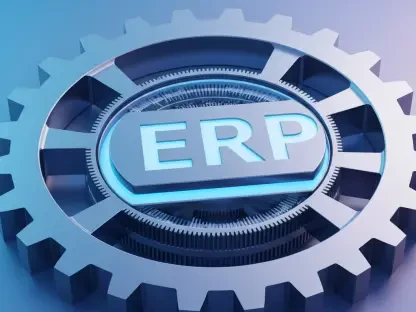Meta’s launch of KernelLLM, an innovative 8-billion-parameter language model, marks a significant advancement in the realm of GPU programming. Fine-tuned from Llama 3.1 Instruct, the model is designed to facilitate the translation of PyTorch modules into Triton GPU kernels, a process that was traditionally complex and time-consuming. By leveraging automation, KernelLLM seeks to streamline this development process, significantly reducing the manual effort required from developers. Its training involved a unique dataset named KernelBook, which comprises approximately 25,000 paired examples of PyTorch modules and their Triton kernel equivalents. This dataset was meticulously crafted using filtered code from The Stack and supplemented with synthetically generated samples to ensure comprehensive coverage.
A New Approach to GPU Development
Utilizing a supervised instruction tuning strategy, KernelLLM was trained over 10 epochs on 16 GPUs in a span of 12 hours. The process employed prompt templates to enhance the model’s efficiency and capabilities. This rigorous training regimen resulted in a model that excels in translating PyTorch modules into Triton kernels, setting a new benchmark in the industry. The model’s proficiency was evaluated through KernelBench-Triton, a specialized benchmark for analyzing the generation of Triton kernels from PyTorch modules. KernelLLM achieved a remarkable Pass@1 score of 20.2, outperforming larger models such as GPT-4o and DeepSeek V3. Its inference capabilities were further evidenced by Pass@10 and Pass@20 scores of 51.8 and 57.1, respectively, underscoring its reliability and precision in generating accurate kernels.
Impact on GPU Utilization and Application Development
KernelLLM promises to significantly impact the development of GPU-accelerated applications by making the process more accessible and efficient. This innovation allows developers to optimize performance without needing to engage deeply in the manual programming intricacies traditionally required for GPU development. The model’s capabilities can lead to more efficient GPU resource utilization, which is especially beneficial in fields like deep learning model training and inference, where computational efficiency is crucial. By simplifying complex programming tasks, KernelLLM may enable developers to focus more on higher-level problem-solving and innovation, fostering a new wave of computational advancements. This evolution highlights its potential to redefine GPU programming, marking it as an invaluable tool for future technological development. As technology advances, KernelLLM’s transformative approach to simplifying GPU programming through automation and training techniques could reshape the future of GPU resource usage and application performance.









